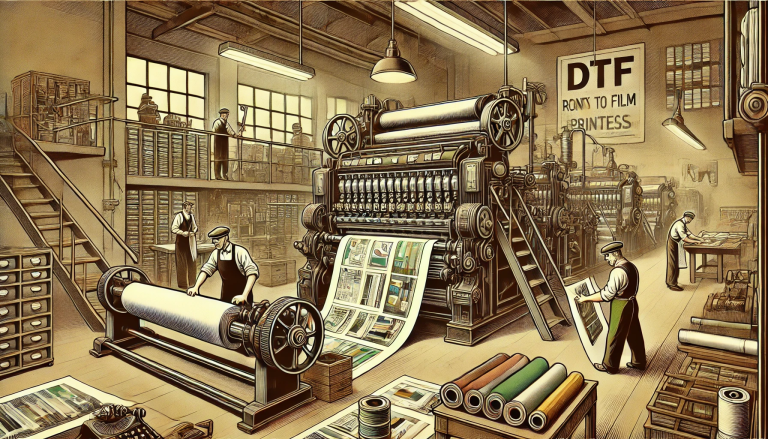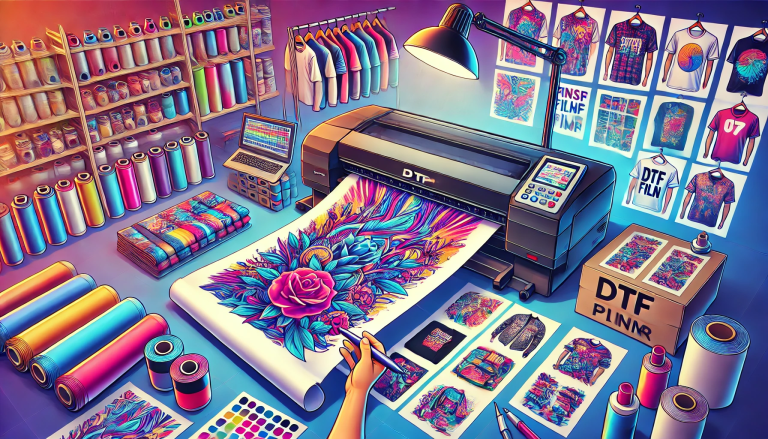“Reuse A3 PET Film for a Sustainable Future!” -MAXDTF- Direct to film transfer paper Factory, DTF Transfer Film 8.5 x 11 Manufacturer, Made in china
Introduction
Is A3 PET Film reusable? This is a question that many people have when it comes to using this type of plastic film. PET film is a type of plastic film that is used for a variety of applications, including food packaging, medical packaging, and other industrial uses. It is a lightweight, strong, and durable material that is often used in place of other materials due to its cost-effectiveness and versatility. In this article, we will discuss the potential for A3 PET film to be reused and recycled. We will also discuss the environmental impact of using this type of plastic film and the potential for it to be recycled.
The Environmental Impact of Reusing A3 PET Film
Reusing A3 PET film can have a positive environmental impact. PET (polyethylene terephthalate) film is a type of plastic that is widely used in the packaging industry. It is lightweight, strong, and resistant to moisture, making it an ideal material for packaging food, beverages, and other products. Reusing PET film can reduce the amount of plastic waste that is sent to landfills and incinerators, and can help to reduce the amount of energy and resources used to produce new plastic packaging.
Reusing PET film can also help to reduce the amount of energy used in the production process. When PET film is reused, it does not need to be melted down and reformed into new packaging, which requires a significant amount of energy. Instead, the existing PET film can be cleaned and sterilized and then used again for the same purpose. This can help to reduce the amount of energy used in the production process and can help to reduce the amount of greenhouse gas emissions associated with the production of new plastic packaging.
Reusing PET film can also help to reduce the amount of water used in the production process. When PET film is reused, it does not need to be washed and sterilized as often as new PET film, which can help to reduce the amount of water used in the production process. This can help to conserve water resources and can help to reduce the amount of water pollution associated with the production of new plastic packaging.
Finally, reusing PET film can help to reduce the amount of waste that is sent to landfills and incinerators. When PET film is reused, it does not need to be disposed of in landfills or incinerators, which can help to reduce the amount of waste that is sent to these sites. This can help to reduce the amount of pollution associated with the disposal of plastic waste and can help to reduce the amount of greenhouse gas emissions associated with the disposal of plastic waste.
Overall, reusing A3 PET film can have a positive environmental impact. It can help to reduce the amount of energy and resources used in the production process, can help to conserve water resources, and can help to reduce the amount of waste that is sent to landfills and incinerators. By reusing PET film, individuals and businesses can help to reduce their environmental impact and contribute to a more sustainable future.
How to Properly Reuse A3 PET Film for Maximum Efficiency
Reusing A3 PET film can be an effective way to reduce waste and save money. However, it is important to follow certain steps to ensure that the film is reused safely and efficiently. This article will provide an overview of the steps necessary to properly reuse A3 PET film.
First, it is important to inspect the film for any signs of damage or contamination. If any damage or contamination is found, the film should be discarded and replaced with a new roll. Additionally, it is important to ensure that the film is stored in a cool, dry place away from direct sunlight. This will help to prevent the film from becoming brittle or discolored.
Second, it is important to clean the film before reuse. This can be done by wiping the film with a damp cloth or using mild detergent and warm water. It is important to avoid using harsh chemicals or abrasive materials, as these can damage the film.
Third, it is important to properly prepare the film for reuse. This includes cutting the film to the desired size and shape, as well as ensuring that the edges are sealed. This will help to prevent the film from tearing or becoming damaged during use.
Finally, it is important to use the film safely and efficiently. This includes using the film for its intended purpose and avoiding any activities that could cause the film to become damaged or contaminated. Additionally, it is important to ensure that the film is disposed of properly when it is no longer needed.
By following these steps, it is possible to properly reuse A3 PET film for maximum efficiency. Doing so can help to reduce waste and save money, while also ensuring that the film is used safely and efficiently.
Exploring the Benefits of Reusing A3 PET Film
Reusing A3 PET film is an increasingly popular practice among businesses and individuals alike. This type of plastic film is used for a variety of purposes, including packaging, labeling, and printing. It is also highly durable and can be reused multiple times. Reusing A3 PET film offers several benefits, including cost savings, environmental sustainability, and improved product quality.
Cost Savings
Reusing A3 PET film can help businesses save money. By reusing the same film multiple times, businesses can reduce the costs associated with purchasing new films. This cost savings can be especially beneficial for businesses that use large amounts of film regularly. Additionally, reusing A3 PET film can help businesses reduce their waste disposal costs, as they will not need to dispose of used film as often.
Environmental Sustainability
Reusing A3 PET film is also beneficial for the environment. By reusing the same film multiple times, businesses can reduce their reliance on new plastic film, which is often made from petroleum-based materials. This can help reduce the amount of plastic waste that is produced and can help conserve natural resources. Additionally, reusing A3 PET film can help reduce the amount of energy that is used in the production of new plastic film.
Improved Product Quality
Reusing A3 PET film can also help improve the quality of products. By reusing the same film multiple times, businesses can ensure that their products are consistently packaged and labeled with the same high-quality film. This can help businesses maintain a consistent level of quality in their products and can help them stand out from their competitors.
Overall, reusing A3 PET film offers several benefits, including cost savings, environmental sustainability, and improved product quality. By taking advantage of these benefits, businesses can reduce their costs and improve the quality of their products. Additionally, reusing A3 PET film can help businesses reduce their environmental impact and conserve natural resources.
Conclusion
In conclusion, A3 PET Film is reusable and can be used multiple times. It is a great choice for packaging and other applications due to its durability and flexibility. It is also an environmentally friendly option as it can be recycled and reused.





